Dhaka, Aug 18 (V7N) – Once confined within household walls, rural women in Bangladesh are now playing a crucial role in the nation’s economy—particularly in agriculture. Across remote regions such as the riverine char areas of Baghа Upazila, women are deeply engaged in both fieldwork and cottage industries, reinforcing their longstanding contribution to grassroots development.
In these rural communities, women participate in a wide range of agricultural activities. They transplant rice seedlings, harvest potatoes, eggplants, radishes, onions, and garlic, and process paddy at home. Many also operate sewing machines, embroider traditional nakshi kantha quilts, and work on handlooms producing everyday textiles like gamchas and lungis. While much of this labor remains informal and low-paid, it is foundational to both household survival and national food production.
According to the Bangladesh Bureau of Statistics’ Labour Force Survey 2022, female labor force participation increased to approximately 42%, up from 36.3% in 2016–17. However, this overall rise conceals a stark rural-urban divide. In rural areas, participation rose sharply from 38.6% to 50.9%, while urban female participation fell from 31% to 23.6%.
A breakdown of employment sectors shows that agriculture dominates female labor engagement. In rural areas, 74.1% of women are now working in agriculture—up significantly from 59.7% five years earlier. Nationwide, nearly 58% of employed women are still in agricultural work, highlighting how deeply gender and economic activity remain intertwined in Bangladesh's rural heartlands.
Social analysts note that while visible improvements have occurred in female workforce inclusion over the past five decades, women still face persistent barriers. These include wage disparities, lack of representation in decision-making positions, and limited access to social protections and financial security. Informal employment remains the norm for many rural women, often without legal recognition or employment benefits.
Experts also express concern about the declining trend of female participation in urban areas. Despite greater educational access and infrastructural development in cities, urban female labor force engagement is decreasing—a troubling trend that points to possible social, cultural, or structural impediments to women’s economic mobility in formal sectors.
Critics argue that while rural women are encouraged to join the workforce, little has been done to improve their long-term job security, income equality, or upward mobility. Even when men and women perform similar tasks, wage inequality remains a deeply rooted issue. Without targeted reforms and inclusive labor policies, the path toward workplace equity and sustainable employment for women remains uncertain.
Still, the rising involvement of rural women in the labor force marks a significant shift in Bangladesh’s socio-economic landscape. Their increased participation underscores the vital role women play in sustaining the country’s agricultural economy and paves the way for broader gender equality—provided systemic challenges are meaningfully addressed.



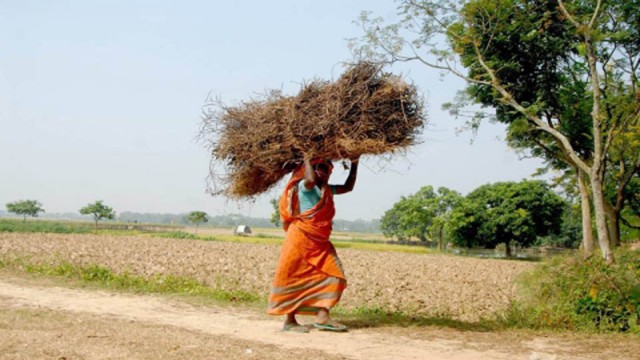


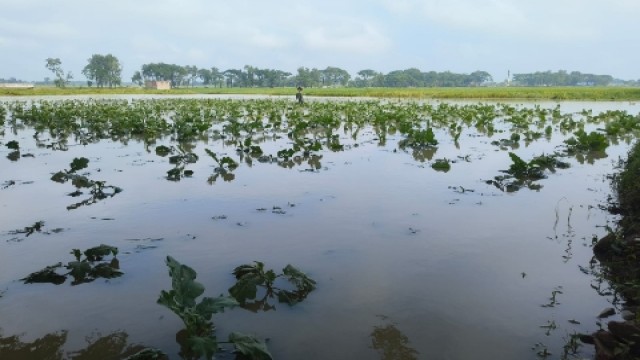
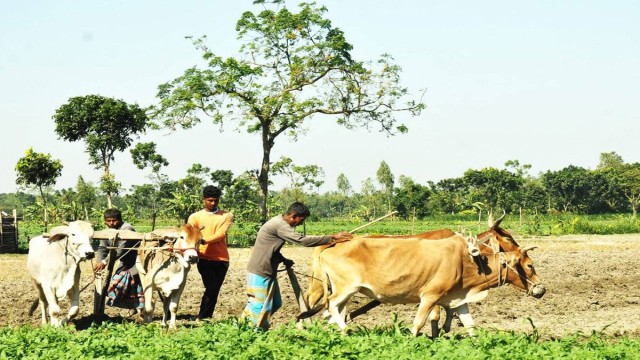
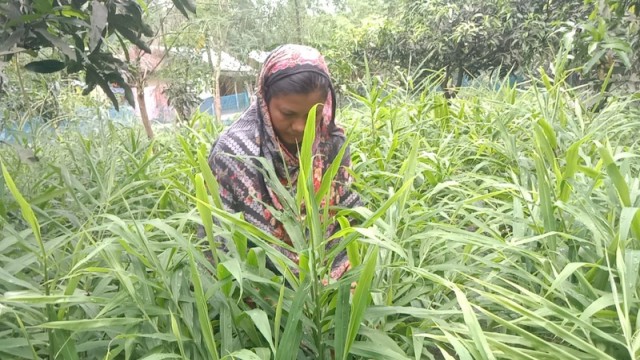
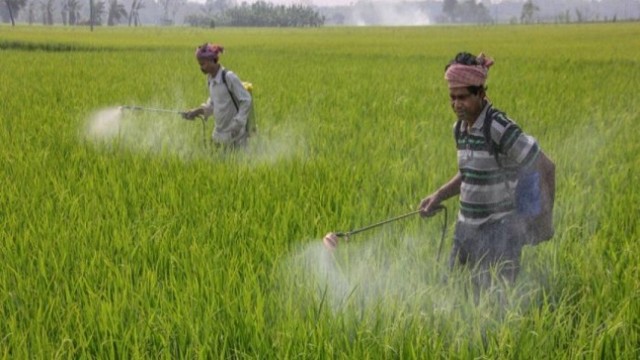




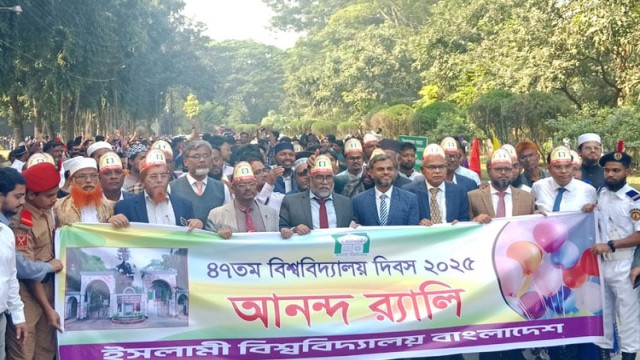

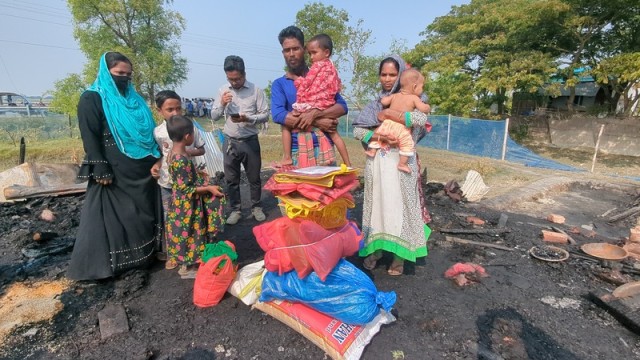


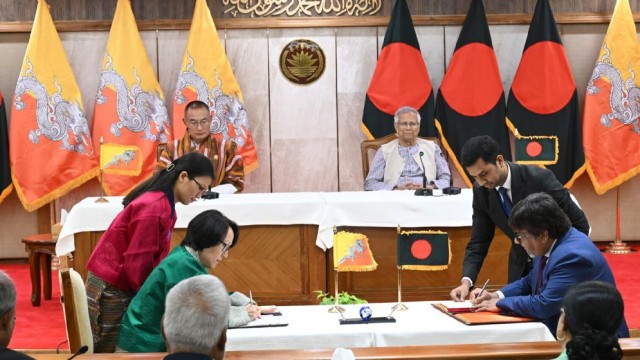


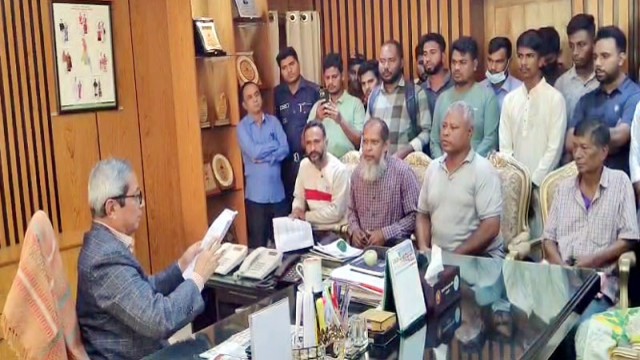








Comment: